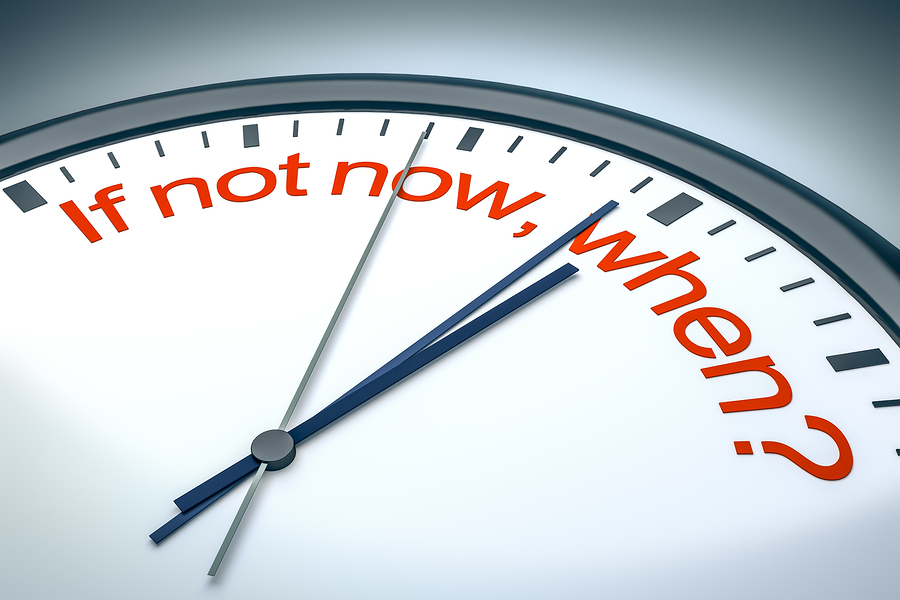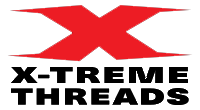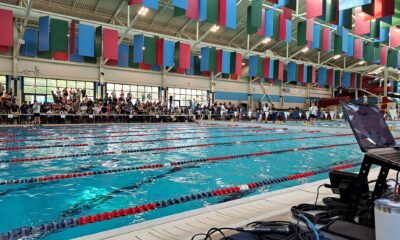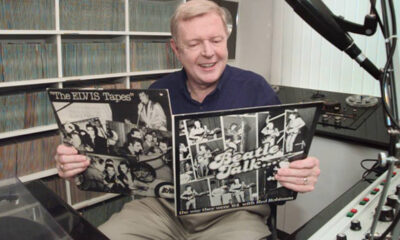Hi Readers
From all of the E mails received last week, it’s obvious our first article was so inspiring, that many of you started your New Years resolutions all over again.
This week we are writing about Heart rate monitors, their benefits and how did they come about? We will also discuss how to check your heart rate without using a heart rate monitor.
Hidden away amid all the get fit hype, the heart rate monitor when used and interpreted properly is like having a fitness coach right with you.
NASA comes calling with the first Heart Rate Monitor
In the mid 60’s with the space program in full swing, NASA called on exercise physiologists at UCLA to assist with a problem – how to maintain and analyze fitness in space over as much as a two year period?
One Exercise Physiologist, Lawrence Moorehouse, realized that in order to be effective, exercise had to be quantified in a new way.
Instead of doing so many repetitions or going so far in a certain time and trusting that the subject would adapt to training, Moorehouse thought differently.
All the previous systems of exercise had quantified what you did, the number of repetitions, a certain distance in a certain time.
Moorehouse preposed that how the body responds is far more important than the amount of work performed.
The body’s exercise response could be measured in a number of ways. Oxygen consumption, blood pressure, body temperature, were all options.
The best of all, the ringing bell of effort was heart rate. Heart rate is like the sum of all the effort produced by the body. Its self regulating, so if a person is tired or sick or hung over, the heart responds much more quickly to stress.
NASA built an exercise bike that took your heart rate every 10 seconds and the exercisers heart rate was automatically checked and the tension was increased or decreased in order to maintain the heart rate needed to keep the astronauts in optimum fitness.Now that you’re out there walking in the parks and chasing your partner around we better talk about how to monitor your heart rate and intensity using the perceived level of exertion method. Considering NASA built it, you won’t be getting any exercise bikes quite like they designed, but there are still technologically advanced exercise bikes out there that can help you with your fitness regime, looking at review sites such as
https://www.bestexbike.com/best-recumbent-bike-complete-reviews-with-comparisons/ should allow you to find the right exercise bike for you and your fitness needs.
Using this method an exerciser rates what they perceive their exertion level to be, based on a scale of 1-10.
With 1 being getting up slowly to pet the cat and 10 being running for your life from a rabid dog.
A common rate of perceived exertion for a warm-up is 3-4 with cardio being 5-7 depending on your goals and cardio vascular level of fitness.
The talk test is always a great and simple method to use as well.
For instance if you are a Toronto Maple Leafs fan then you can walk a bit faster because there is nothing to talk about, but if you are a Montreal Canadians fan walk a little slower and enjoy the conversation.
Seriously if you are not able to talk then slow down a bit. You should be able to speak without gasping for air and carry on a converation taking regular short breaks to catch your breath.
Back to heart rate monitors; whether it goes across your chest or on your wrist, and I’m sure somewhere soon on Smart phones and Fit Bits, you can download your weekly results for yourself or for your doctor or trainer to see.
This allows you to see your Heart rate and to plot change after seeing how your body responded to the weekly or monthly workload.
Diet and hydration can influence heart rate as well. If your diet is poor, watch your heart rate change as your body adapts to better nutrients feeding the muscles. Apps like My Fitness Pal help with food tracking and easy logging.
Using a 3 min post exercise heart rate count is one way I can tell if the client is responding to the training we are doing. The heart rate should drop after 3 mins.
Take a 15 sec Heart rate count X4 to get your 1 min heart rate count. Retest 3 min post heart rate again after 1 month to see if your 3 min post exercise heart rate has dropped.
This drop will be your body telling your heart thanks for a better and stronger delivery system to its working muscles.
So there is a little history and an introduction to monitoring your Heart Rate.
Next week we will talk about your maximum heart rate (Max HR) and what % of your this you work at depending on your specific goals, whether they be losing weight or increasing your sprint speed.
So get On Your Mark to better fitness.
Stay fit and let us know how you’re doing.
Mark and Shelley















